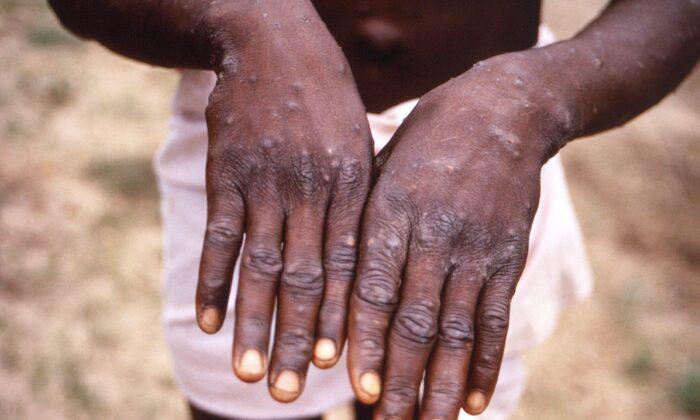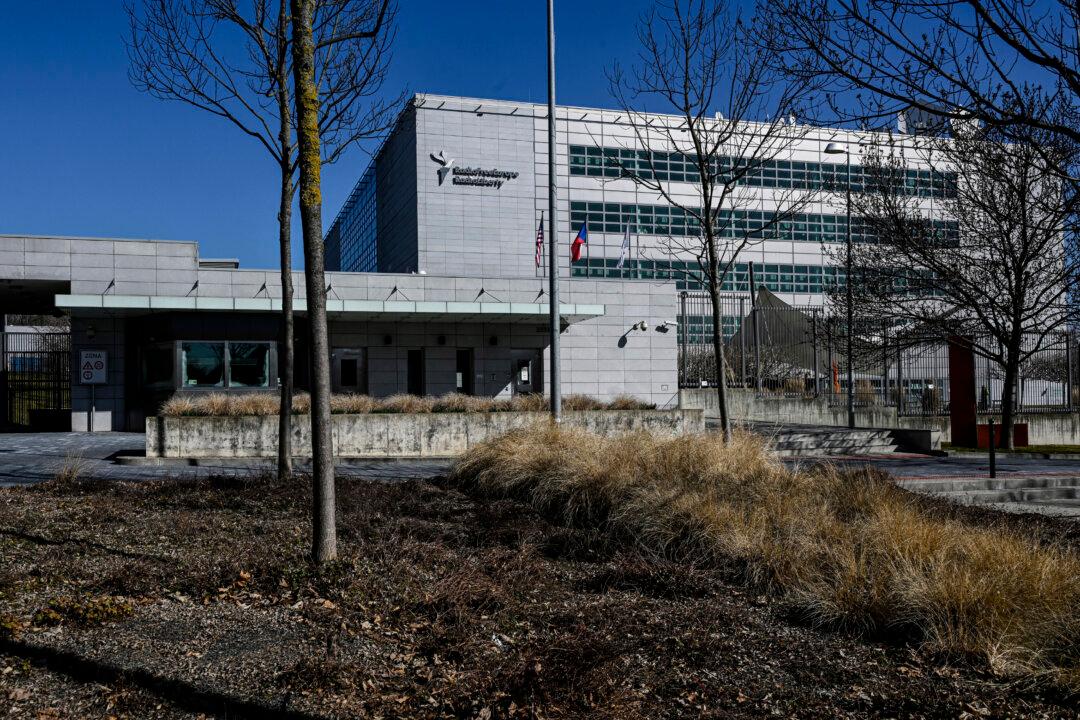One case of monkeypox has been identified in India’s Kerala state, a government official confirmed on Thursday.
Kerala State Health Minister Veena George said that a 35-year-old man who returned from the United Arab Emirates on July 12 has tested positive for the monkeypox virus.
The patient was in stable condition and had been placed in isolation.
The patient’s primary contacts, including his parents and 11 passengers who sat near him on the flight, have been identified and will be monitored.
George said the patient had close contact with a monkeypox-infected person abroad and developed symptoms. The National Institute of Virology received his samples on Thursday and confirmed that his test result was positive.
Monkeypox Not a Global Concern: WHO
The WHO has previously concluded that monkeypox does not constitute a public health emergency of international concern, which is defined as “an extraordinary event” that requires a coordinated international response.“The Emergency Committee for monkeypox will reconvene next week and look at trends, how effective the counter-measures are, and make recommendations for what countries and communities should do to tackle the outbreak,” he said.
The update also showed that over 99 percent of the cases for which gender information was available were among men.
Not an Airborne Disease
Rochelle Walensk, the director of the Centers for Disease Control and Prevention (CDC), said in June that the virus is not airborne, but rather spreads primarily through face-to-face or skin-to-skin contact with an infected person’s bodily fluids or sores.“Monkeypox spreads through direct contact with bodily fluids or sores on the body of someone who has monkeypox or with direct contact with materials that have touched these bodily fluids and sores such as clothing or linens,” Walensky told reporters in a briefing on June 10.
“It may also spread through respiratory secretions when people have close, sustained face-to-face contact.”





